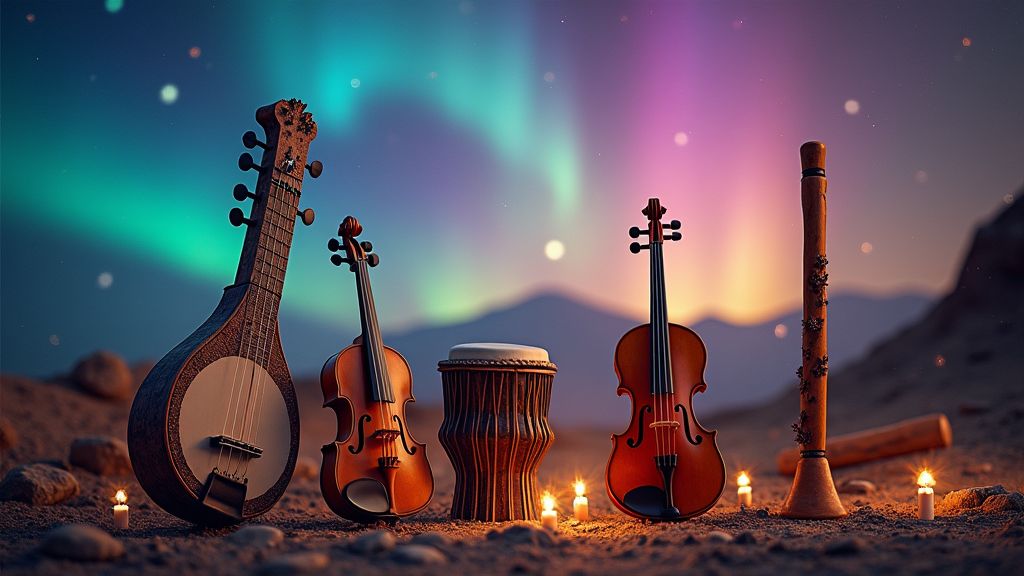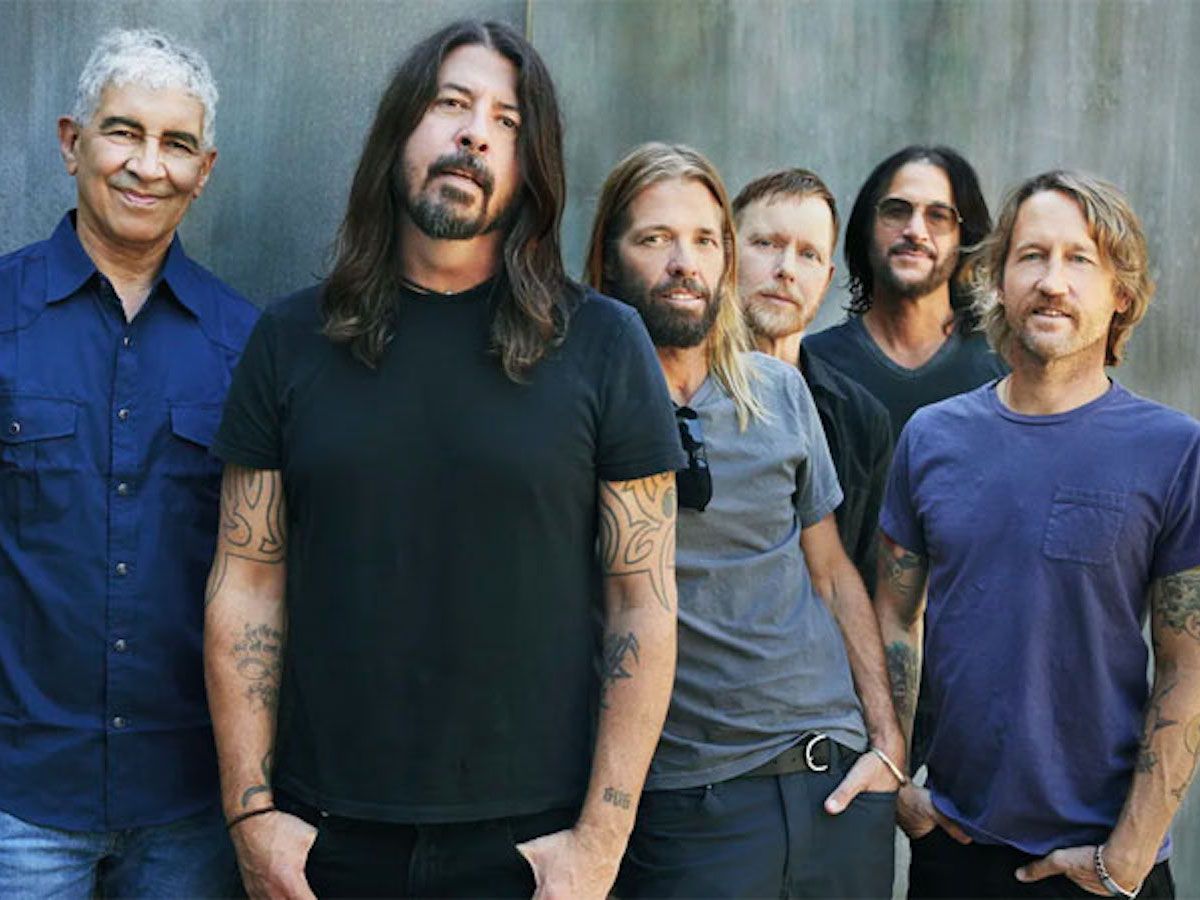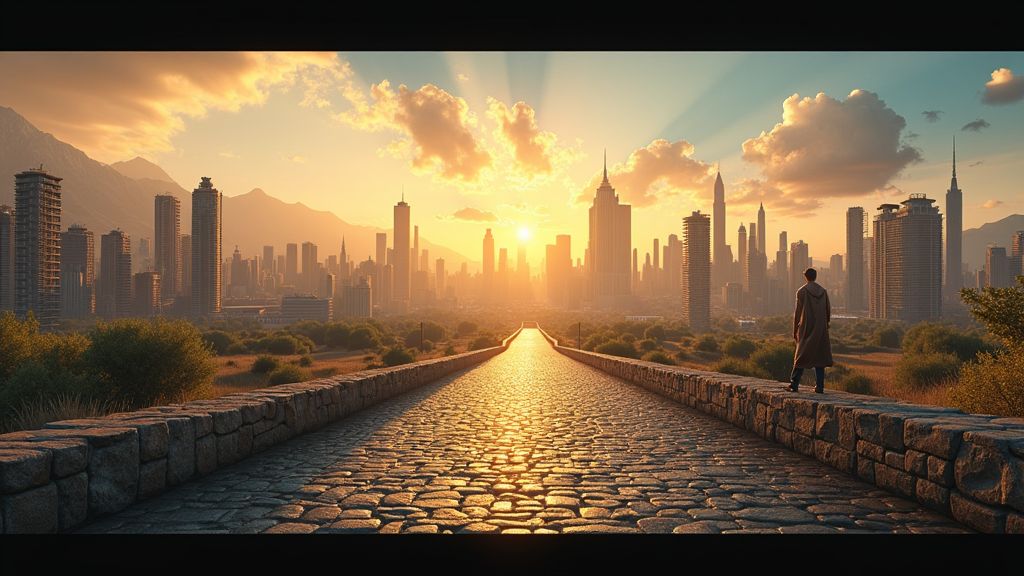The Role of Cultural Festivals in Showcasing Entertainment
Have you ever attended a cultural festival that left you in awe of the vibrant performances, mouth-watering cuisine, and rich traditions on display? Cultural festivals have a unique way of bringing communities together to celebrate their heritage while showcasing a diverse range of entertainment options. From music and dance to art exhibitions and culinary delights, these festivals offer a glimpse into the heart and soul of a culture. In this article, we will explore the significant role that cultural festivals play in showcasing entertainment and fostering a sense of unity among people from all walks of life.
Cultural Festivals: A Global Phenomenon
Cultural festivals can be found in every corner of the world, each one reflecting the unique identity and traditions of its host community. These events draw in millions of visitors annually, contributing significantly to local economies and promoting cultural exchange. For example, the Edinburgh Festival Fringe in Scotland, the Rio Carnival in Brazil, and the Diwali Festival in India are just a few of the renowned cultural gatherings that attract visitors from far and wide. These festivals showcase a blend of traditional and contemporary entertainment, providing a platform for artists, performers, and artisans to display their talents to a global audience.
The Evolution of Cultural Festivals
Over the years, cultural festivals have evolved from small, community-based events to large-scale productions that span several days or even weeks. Organizers work tirelessly to curate a diverse lineup of performances, workshops, and activities that cater to a wide audience. From live music concerts and dance competitions to interactive art installations and culinary demonstrations, there is something for everyone to enjoy. Many festivals also incorporate elements of education and outreach, promoting cross-cultural understanding and appreciation among attendees.
Impact on Local Communities
The economic and social impact of cultural festivals on local communities cannot be overstated. These events create opportunities for local businesses, artists, and performers to showcase their talents and generate income. Hotels, restaurants, and shops in the vicinity of festival venues benefit from increased foot traffic, while artisans and vendors have a platform to sell their goods to a wider audience. Additionally, cultural festivals often promote volunteerism and community engagement, fostering a sense of pride and unity among residents.
The Role of Photography in Capturing Festival Spirit
Photography plays an essential role in capturing the vibrant spirit of cultural festivals, preserving the energy, colors, and emotions of these unique events. From the intricate costumes of performers to the joyous faces of festival-goers, photographs tell a visual story that transcends language and cultural barriers. Professional and amateur photographers alike are drawn to these events, seeking to document the atmosphere and share it with the world. Images from cultural festivals often serve as a gateway for those who cannot attend, offering a glimpse into the beauty and diversity of global traditions.
Iconic Festival Images That Made History
Over the years, certain images from cultural festivals have become iconic, immortalizing moments that capture the essence of these celebrations. Photos from events like Spain’s La Tomatina, where participants engage in a massive tomato fight, or Japan’s Cherry Blossom Festival, showcasing breathtaking scenes of cherry trees in bloom, are instantly recognizable and widely shared. These images not only highlight the cultural significance of these festivals but also inspire people worldwide to experience them firsthand, bridging cultural gaps through powerful visuals.
Challenges of Festival Photography
Photographing cultural festivals comes with its own set of challenges. Large crowds, dynamic movement, and unpredictable lighting conditions require photographers to be both adaptable and quick on their feet. Capturing the spontaneity and emotion of these events often means blending into the crowd, allowing festival participants to act naturally. Additionally, photographers must be culturally sensitive, respecting local customs and seeking permission when capturing intimate or ceremonial moments. These challenges add to the depth and authenticity of festival photography, making each shot a testament to the photographer’s skill and respect for the culture.
The Influence of Social Media on Festival Photography
In the age of social media, festival photography has taken on new importance as people share their experiences with a global audience in real-time. Platforms like Instagram and Facebook allow attendees to post images and videos, promoting the festival to followers worldwide and amplifying its reach. Hashtags specific to each festival, like #MardiGras or #HoliFestival, create a digital archive of images that highlight the festival’s essence, style, and energy. Social media has also democratized festival photography, giving a platform to a wide range of photographers and perspectives, from professionals to casual smartphone users.
Preserving Culture Through Festival Photography
Festival photography serves as a vital tool in preserving and promoting cultural heritage. By capturing the details of traditional dances, rituals, and attire, photographers help document aspects of cultural identity that may otherwise be lost over time. These images provide future generations with a visual record of customs and practices, contributing to cultural preservation efforts. Through photography, cultural festivals become not only a celebration of the present but also a lasting legacy for the future, honoring the rich histories and traditions of communities around the world.













